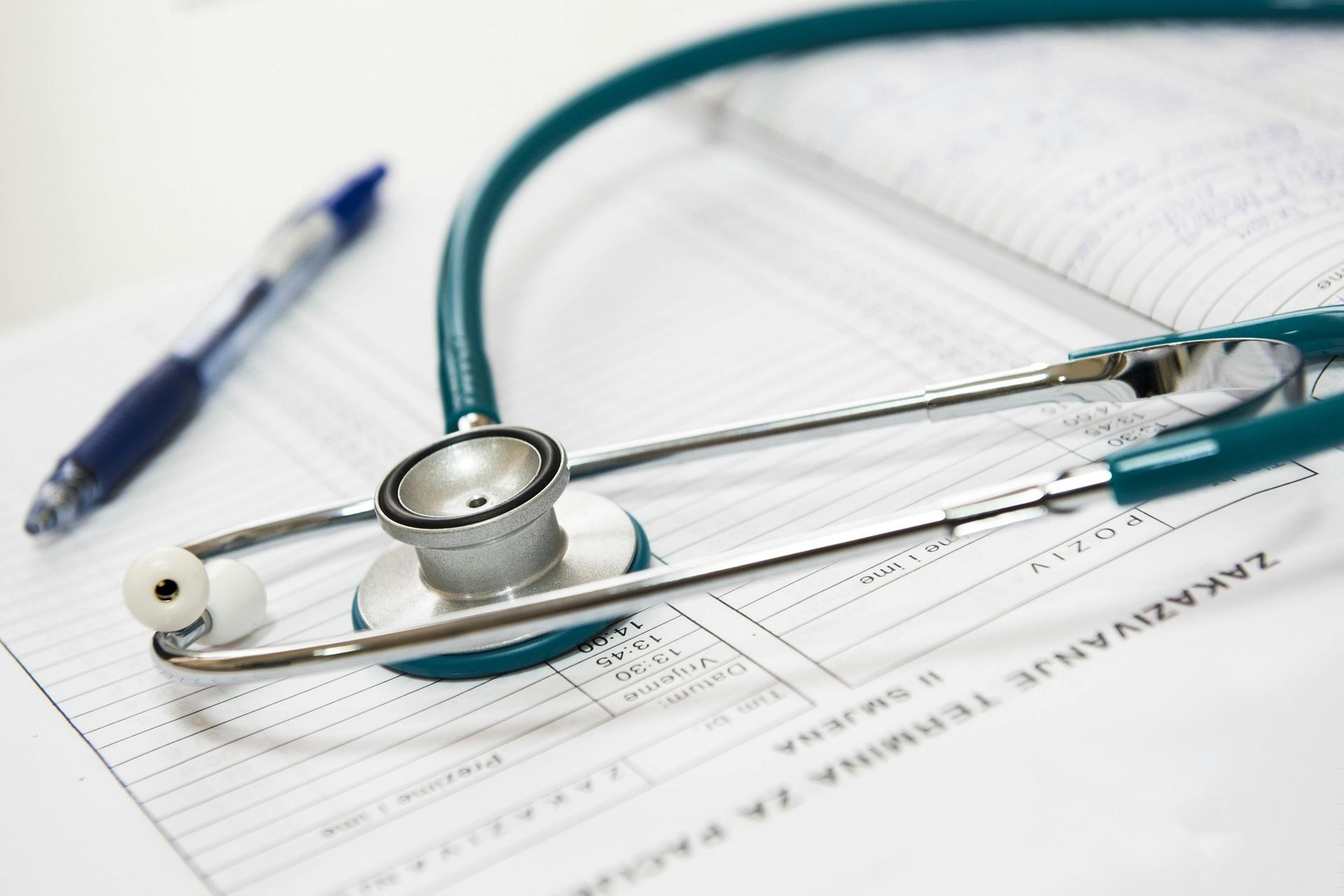
As a small business owner, this economic uncertainty is overwhelming. Work is slowing down or shutting down altogether. The employment laws have changed over night. Cash flows patterns are no longer reliable. Nothing seems to be as it was just a few short weeks ago.
To help with this, on March 27 Congress approved and the President signed the $2 trillion coronavirus stimulus package, called the CARES Act, sending $350 billion to the new Paycheck Protection Program (“PPP” for short). With many small businesses suffering from a loss of cash and funds, the PPP is aimed to give forgivable loans to help businesses make payroll and avoid laying off workers.
WHEN AND WHERE TO APPLY
The great news is that it appears that businesses can start applying for these loans tomorrow, April 3rd. The unrolling of the loans for certain business types, sole proprietor and independent contractors may not be available until April 10th. We’re still waiting to get confirmation of this from our financial institution, but relief should be here very soon and you should get your application materials ready. A list of participating lenders as well as additional information and full terms can be found at www.sba.gov .
While the Cares Act is a new law, its PPP will use existing channels, including the 7(a) Loan Program (which offers loans to small businesses), to distribute the new PPP loans. Even though the PPP loans will use established channels, it is going to change much of the previous framework, on top of the changes already made from the March 6th stimulus law, the Coronavirus Preparedness and Response Supplemental Appropriations Act.
WHAT YOU’LL NEED TO DO TO APPLY
You will need to complete the Paycheck Protection Program loan application and submit the application with the required documentation to an approved lender that is available to process your application by June 30, 2020. Click HERE for a sample application published by the SBA. The following is the general information and materials you will need to apply:
- Business information including EIN
- Average Monthly Payroll and number of employees on that payroll
- List of all owners of the business with 20% of more ownership
- List of all affiliated businesses
- History of receiving previous SBA loans
- Eligibility questions regarding criminal history, immigration status, etc.
- Historic payroll, mortgage, rent and utility information
EXPANSIONS OF PREVIOUS SBA ELIGIBILITY REQUIREMENTS
Now, with the new laws, the number of businesses eligible for loans has increased, providing additional assistance to those struggling to keep employees on payroll and maintain operations. this is how the stimulus laws will change the SBA’s small business loan programs:
Paycheck Protection Program (PPP)
- The maximum loan amount has been temporarily raised from $5M to $10M covering the time from between February 15, 2020 through June 30, 2020. The maximum of the loan will be equal to the lesser of $10M or the sum of 2.5 times the average monthly payroll cost in 2019. That includes wages for employees as well as for expenses associated with paid sick leave, health care, and other benefits.
- 100% of the loans, regardless of size, are guaranteed (temporarily). Traditionally, only 85% of loans up to $150,000, and 75% of those greater than $150,000, were backed by the SBA.
- Eligibility is given, temporarily, to any business with 500 or fewer employees, including charitable organizations, sole proprietorships, and independent contractors, regardless of whether the business qualifies under the SBA’s size standards as “small.” Normally, revenue standards are used to determine whether a company is eligible as a small business.
- The maximum interest rate for the loans is capped at 4%. Borrowers and lenders will still need to negotiate loan terms, which are a product of the prime rate, plus the LIBOR rate, but cannot exceed 4%. Before, fixed rate loans had a cap of 6%.
- Businesses do not need to show that they cannot obtain credit elsewhere. Prior to the changes, the inability to secure credit was a requirement.
- All annual or guarantee fees for the loan and all prepayment penalties are waived from the start. Traditionally, the SBA levied fees of 2-3.75% of the guaranteed portion of a loan.
- As of now, the SBA plans to have the distribution process in place tomorrow, April 3rd. The plan is to have the loans available to be disbursed the same day, when previously, SBA loans look 5-10 days.
- No personal guarantee or collateral will be required. Traditionally, lenders, for loans over $350,000, would be required to collateralize the loan to the maximum extent possible, up to the loan amount.
- The use of funds is expanded to include payroll support, paid sick leave, mortgage payments, rent payments, and servicing existing debt.
Loan Forgiveness
- As part of the PPP, the loans may be fully or partially forgiven for any portion of the loan that is used for payroll, paying utilities, rent, mortgage, and existing business debt, dollar for dollar. To be eligible for the dollar-for-dollar loan forgiveness, workers need to remain employed through the end of June. In the past, 7(a) loans needed to be repaid in full, depending on the repayment terms.
- In the case of a reduced number of employees, lenders can reduce the amount of the loan forgiveness, if the business lays off employees during the first eight weeks following the loan. Loan forgiveness is also reduced if wages of employees who earn less than $100,000/year are reduced.
- If businesses rehire employees after accepting the loan, if they had to let employees go before accepting the loan, they will receive additional credit to cover wages.
Debt Relief
- Existing borrowers can defer payment of interest, fees, and principal for up to six months, but no longer than one year.
What Changes have been made to SBA Express Loans?
- The maximum loan has been increased from $350,000 to $1M.
What Changes have been made to Economic Injury Disaster Loans (EIDL)?
- Statewide companies may apply for EIDL loans. Before, only companies located in certain counties could apply once the county had received specific disaster declaration.
- When before EIDL loans required a personal lien (such as on a home), now personal guarantees have been updated and in some cases, eliminated.
- Small businesses can request an immediate advance of $10,000, which will be released within three days of a request.
- No repayment on the loan is required if it is used for payroll, even if your EIDL loan application is denied later on.




